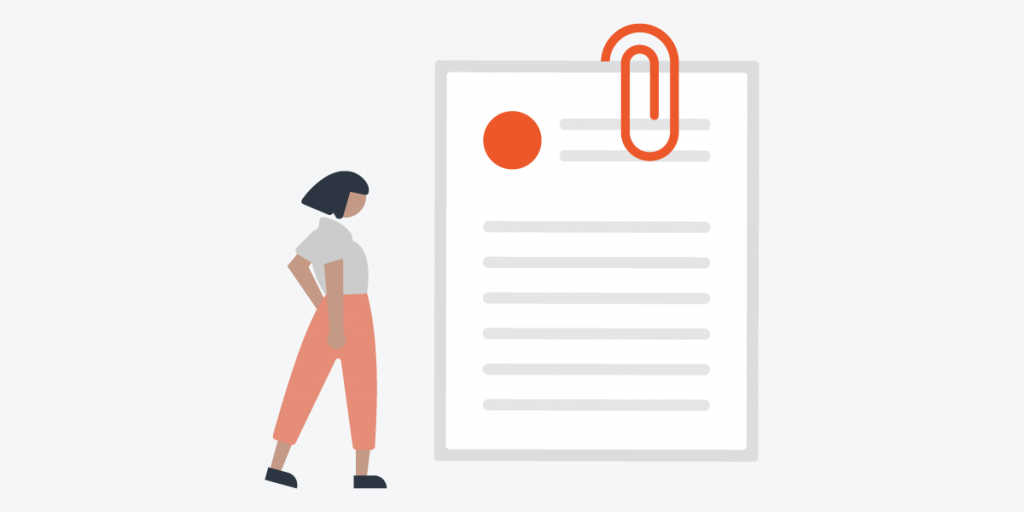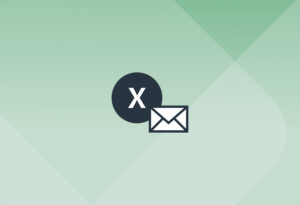Love it or hate it, Microsoft Office is the software of the business masses, and Microsoft Word reigns supreme at the top of the stack. From rental agreements in real estate offices, contracts at law firms, and purchase orders in advertising (and just about every other industry), it’s no wonder why 500 billion Office documents were created in one year alone (Source: Business Insider).
Once a document is created and saved, the next step is often to share it with colleagues or clients via email, locking important business data away in your email attachments.
If you’ve been wandering through the desert of manually copying and pasting that data from the Word Documents (.doc or .docx files) attached to your emails, we have wonderful news for your thumbs — you may never need to hit Command C again.
With our Word document email attachment parsing feature, there’s no need to spend an eternity moving data from Word files to another customer relationship or document management system. Simply set up a few parsing rules to identify the data you want to get out of the document, and then use one of our many integrations to send it to Hubspot, Google Sheets, or even your company’s own database.
By taking a few minutes to set up a free Mailparser account and your parsing rules, you can save time, money, and improve the accuracy of your business records.
Note: Mailparser specializes in parsing data from emails and attachments. If you’re looking for more robust document parsing, check out our sister company, Docparser, to go beyond your inbox.
Save time: Even if you only pull data out of one Word Document a day, it’s worth automating it.
Let’s assume it takes 5-10 minutes to find the email you need, open the attachment, and copy and paste all the data out of it. Over the course of ~250 working days in a year, that would mean you spent up to one full work week on data entry. And that’s just in the case of one document a day! Keep adding more documents to the virtual pile, and you’re looking at lost weeks in productivity.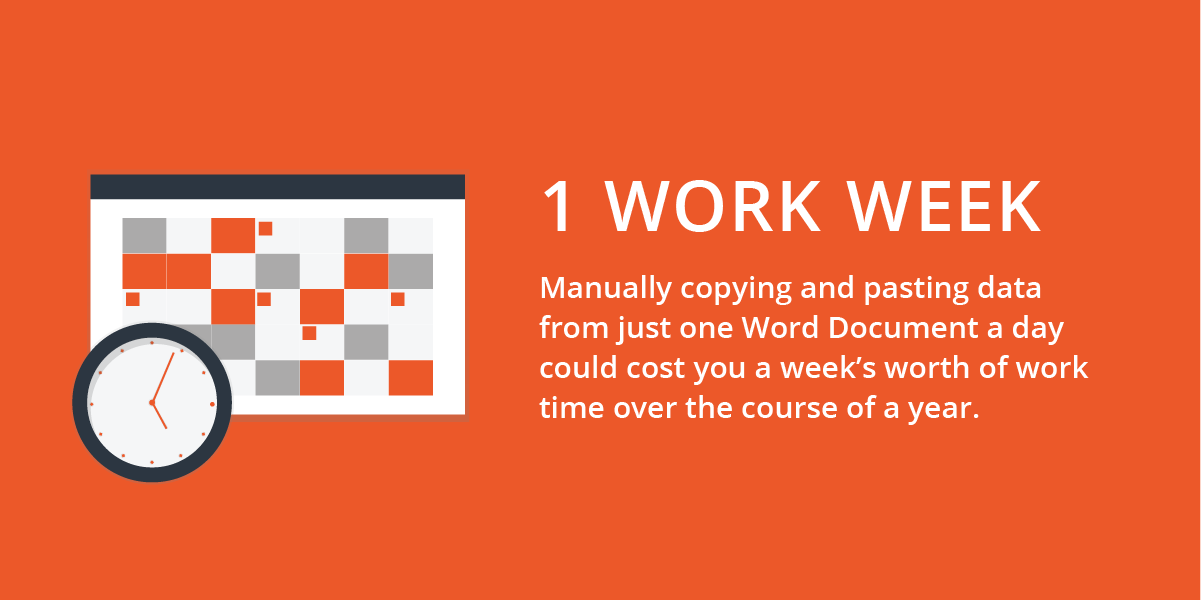
It’s super tempting to just do these quick tasks when they come across your desk. But when you think about how it adds up over the long-term — and what you could do with an extra work week — and it’s a no-brainer to take 10 minutes to automate this task instead.
Save money: Whether you’re performing data entry yourself, or hiring someone else to do it, there’s a hard cost to it simply because it takes time.
Take the example above, and factor in the salary rate or hourly rate of the person moving data from your email attachments to another system, and you’ll probably be surprised at the cost.
Let’s assume data entry is a low wage task earning an average of $15 (USD) per hour. Even in our simple example above, that’s $625 a year. And remember, that was just for one document a day. If you have someone doing data entry for 10 hours a week, we’re talking about $7,500 a year. For a small business, that’s a significant cost. And as your business scales, that cost is going to scale.
Then there’s also the overhead of training people on your systems any time you have turnover, so they know which fields from a Word Document go where in your CRM or other system. And finally, jobs where data entry is a main task tend to have high turnover, which means a higher training (and error correction) overhead.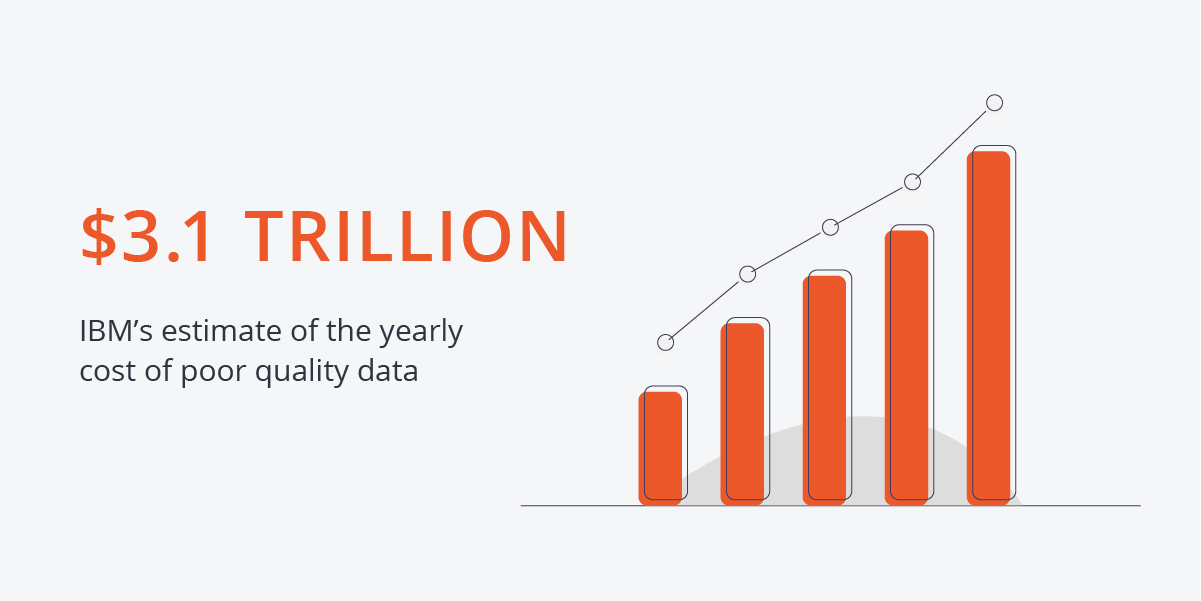
And error correction is especially costly. In 2016, IBM threw out the jaw-dropping estimate of $3.1 Trillion as the cost of bad data (Source: Harvard Business Review).
Improve accuracy: There’s no sliding scale for performance when it comes to data. It’s either correct, or it isn’t.
And the fact is that while there are still many things humans do better than technology, data entry isn’t one of them.
It’s all too easy to miss an important document attached to your email, copy and paste data into the wrong field, duplicate records, or mis-key information.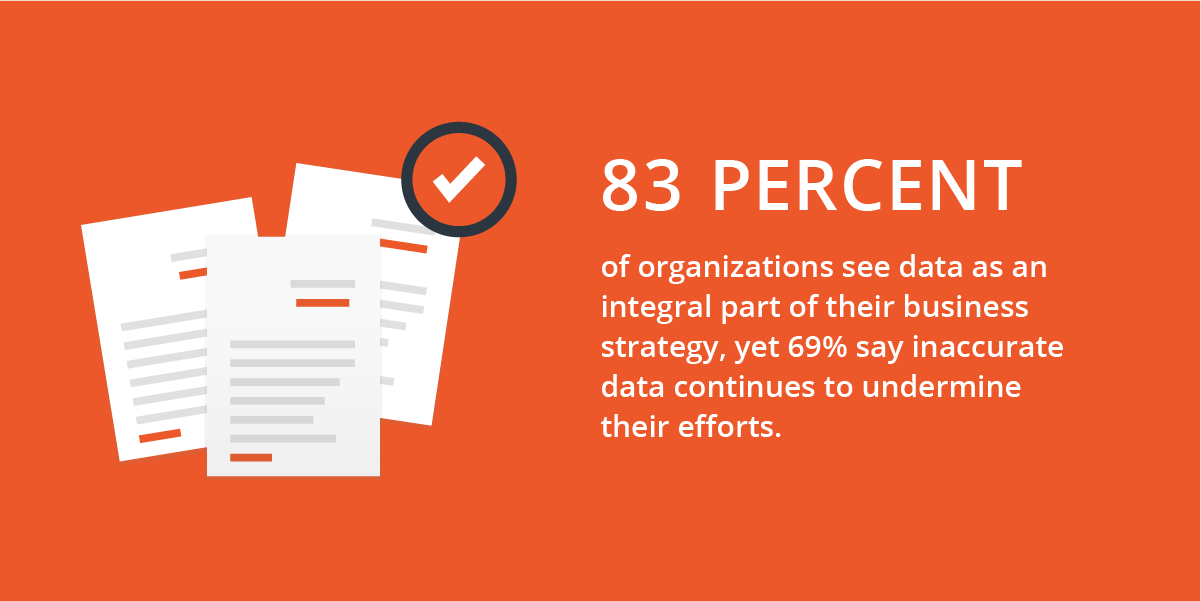
With auto-forwarding rules in your inbox and a Mailparser account, you can ensure that every important contract, invoice, or rental agreement — really any data coming into your email in an attached Word Document — makes it to the system where you need it.
Get started with our Word Document Email Attachment Parsing — It’s free
In the time it took to read this article, you can set up a Mailparser account and parse your first Word Document attachment. (We can also handle PDFs, Excel, and CSV attachments).
Once you’ve got it set up, you can use it forever. Our software will run in the background so you can do more important things with your time.
